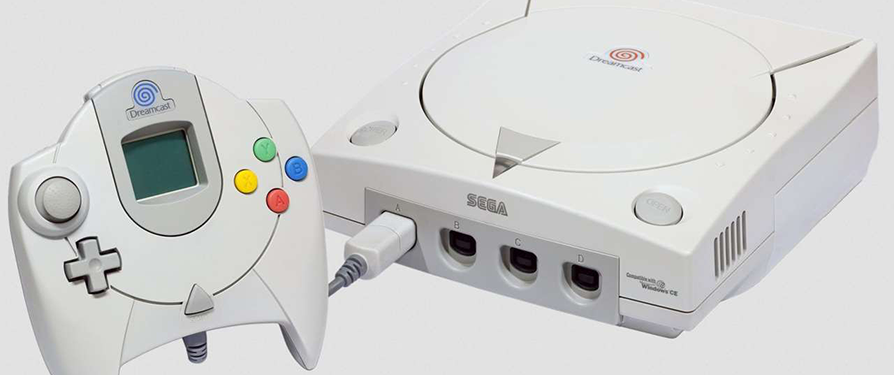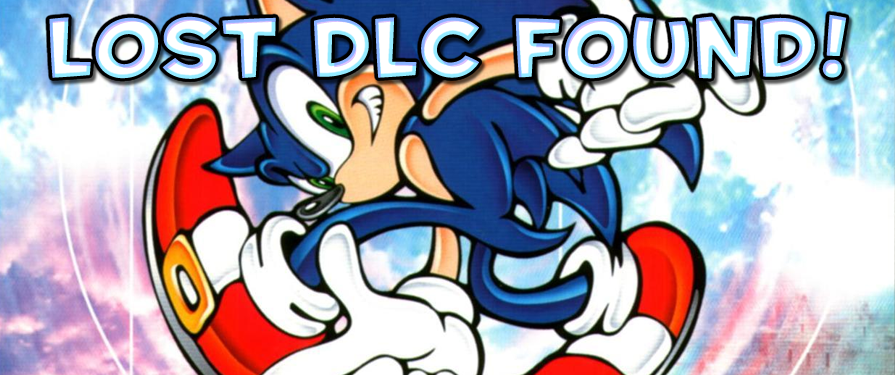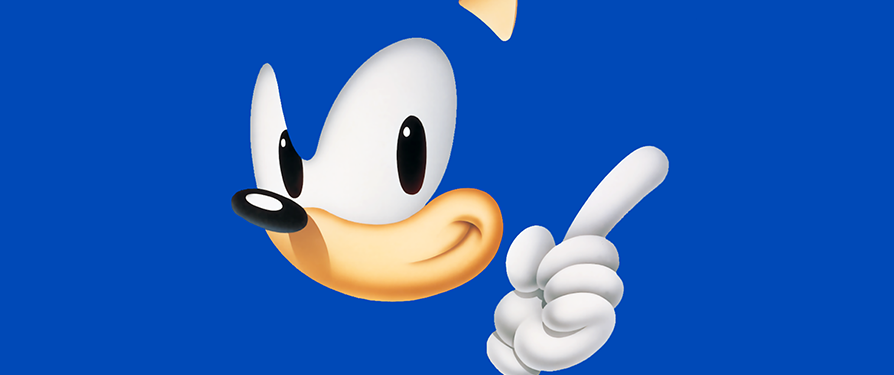
Ten years ago, Sega made their last stand in the gaming hardware market and launched the Dreamcast to a furore of positive media and rabid impulse sales. Released day and date with the console was the big comeback of the company’s blue, cool mascot – a game that was the last true product of the Sonic Team Old Guard. Sonic Adventure’s release on 9/9/99 was important, not only to sustain any sort of success for the Dreamcast, but because of the positive revitalisation of the franchise that it introduced too. Even today, it remains the best example of a Sonic the Hedgehog game in a true 3D space.
In terms of storyline, it was the perfect balance between the somewhat non-committal plotlines of the original Mega Drive classics and cutscene-heavy stories that slowly plagued the Sonic game series after SA1’s release. There were plenty of scenes to sit through, yeah, but they were largely inoffensive affairs. An event happens, Sonic goes to investigate, turns out Eggman/Robotnik’s behind it all, get the Chaos Emeralds before he does. That’s about the depth of Sonic Adventure, and that’s how deep it really should be. Keep the fight to a continuous struggle between a wannabe dictator bent on polluting the world and a small group of larger-than-life woodland creatures.
 Of course, there’s the history of the Echidna race and the origins of Chaos that start to drag on after a while, but the game’s design and approach was charming enough to let you sit through it. Many Sonic titles since have taken the story-based play too heavily, throwing a cutscene after every stage, boss or event that follows almost the exact same traits of SA1. Right down to the ‘ultimate doomsday monster’ in the Final chapter that threatens the world beyond Robotnik. Even Sonic Unleashed, which had a relatively light-hearted approach, chose to bog the player down in tedious scenes and pointless dialogue.
Of course, there’s the history of the Echidna race and the origins of Chaos that start to drag on after a while, but the game’s design and approach was charming enough to let you sit through it. Many Sonic titles since have taken the story-based play too heavily, throwing a cutscene after every stage, boss or event that follows almost the exact same traits of SA1. Right down to the ‘ultimate doomsday monster’ in the Final chapter that threatens the world beyond Robotnik. Even Sonic Unleashed, which had a relatively light-hearted approach, chose to bog the player down in tedious scenes and pointless dialogue.
So Sonic Adventure stands the test of time in terms of storyline, but what about design? The truth is, the blue hog’s first outing on the 128-bit console stands to be the most creative in the last ten years. Iconic level themes were reborn into 3D, with colours and graphical effects that really made you feel you were inside a Sonic the Hedgehog game. Emerald Coast gave us luscious sandy beaches, bright blue seas and fantastic loops to play around in. Windy Valley’s final segment was a fabulous rush of speed, wherein gliding around twisty corners and bends felt so natural on the Dreamcast’s analogue stick. Final Egg is still one of the best examples of a final zone yet, 3D or otherwise, and nothing needs to be said about how awesome Twinkle Park and Speed Highway are.
It was the eclectic mix of fabulous imaginative architecture, bounding robotic animals (alas, Sonic Adventure was the last Sonic title to have true ‘badniks’ that were both unique and relevant to their respective environment) and excellent level design that truly made Sonic Adventure a step ahead of the platforming game when it was released in 1999. And today, the feel of these levels more than rival anything played on a Sonic game since.
The design of the Action Stages were in fact rather clever – rather than giving players a true sense of freedom with branching pathways and different routes, SA1 was more linear than gamers realised. What Sonic Team did instead was become more aware of the space being given to users; many stages looped around themselves or had you double-backing (despite you technically always heading forwards to your goal), several optional platforms around the same area would make themselves available if you were going fast enough or achieving a certain condition (such as running up the building walls in Speed Highway), and a lot of platform negotiation was required besides your speed.
 In fact, this last point is perhaps one of the key elements to Sonic Adventure’s success. Sonic the Hedgehog, as a character and in his nature, is exceptionally fast. Too fast, naturally, for the player to handle. Sonic Unleashed was proof of this. But as a game concept from a developer’s point of view, Sonic the Hedgehog has always been a physics based platformer. Speed is but a symptom of the ‘rolling ball’ physics, not an overriding factor. Sonic Team understood this, all the way until Sonic Adventure where it was perhaps the last game in the franchise to focus just as much as platforming and inertia as it was about going hella fast.
In fact, this last point is perhaps one of the key elements to Sonic Adventure’s success. Sonic the Hedgehog, as a character and in his nature, is exceptionally fast. Too fast, naturally, for the player to handle. Sonic Unleashed was proof of this. But as a game concept from a developer’s point of view, Sonic the Hedgehog has always been a physics based platformer. Speed is but a symptom of the ‘rolling ball’ physics, not an overriding factor. Sonic Team understood this, all the way until Sonic Adventure where it was perhaps the last game in the franchise to focus just as much as platforming and inertia as it was about going hella fast.
Wrapping up the package for eager Sonic fans on the 9th September was the awesome score, headed by Jun Senoue and featuring jazz rock, slap bass and a hearty amount of keyboard synth pop. Hearing all of the instruments come together to produce a sound as endearing as “Windy and Ripply” brings a sense of contentment when playing the game, and that’s not to mention the sheer heart-filling sensation you get when you listen to these tracks on their own with headphones on. Soaking in the audio masterpieces made in this game is a truly great thing to experience.
So many other things helped make Sonic Adventure the fantastic game that it still is today, like online challenges, Chao raising (which, despite it being a bit more rudimentary, felt a lot more approachable and less pressured than in Sonic Adventure 2) and optional challenges. About the only black spot you could probably put against the game was the required completion of all characters to truly unlock the final story, and the fact that the story progression allowed itself to be replicated in future Sonic games ad nauseum (but that’s more down to Sonic Team’s lack of ideas since 2002 rather than a bad mark against SA1 itself).
With the Dreamcast’s North American 10th Anniversary taking place today, consider this article as a love letter to the little white box that could, but ultimately didn’t. With a truckload of games that easily gave the Dreamcast its own unique identity (Shenmue, Jet Set Radio, Virtua Fighter), for Sonic fans it will always be Sonic Adventure that defined the console, from the starting blocks to the finish line. And with news today that Sega are going back to the 2D drawing board, it’s worth noting of Sonic Team’s troubles in creating a truly successful and engrossing Sonic title in a 3D space. All we have to say is, guys, you had it closest the very first time.
Happy 10th Anniversary, Sega Dreamcast. Celebrate with us and break out that old copy of Sonic Adventure, and experience a fantastic run through Windy Valley with us all over again.
The Sonic Stadium may link to retailers and earn a small commission on purchases made from users who click those links. These links will only appear in articles related to the product, in an unobtrusive manner, and do not influence our editorial decisions in any way.






